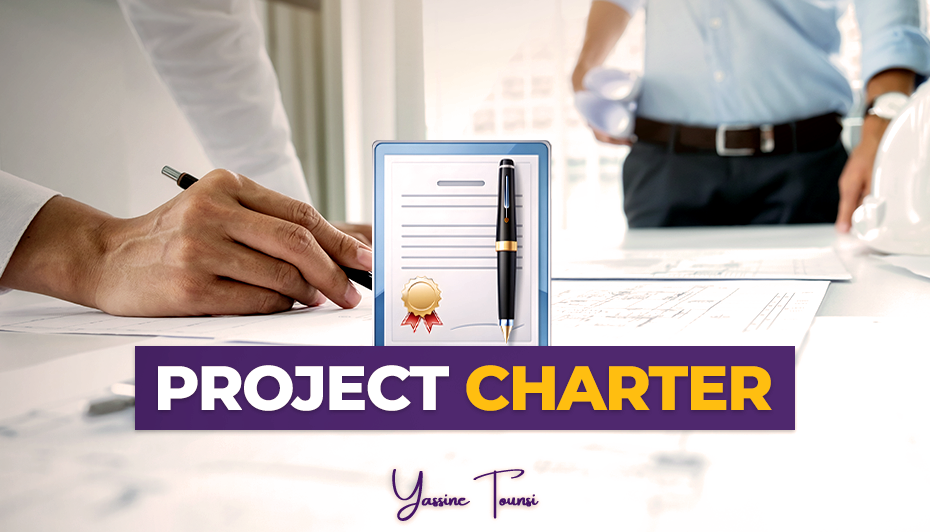The project charter is an essential document that formally authorizes the project manager to start work on the project, providing a brief overview of key information about the proposed project before it is thoroughly scoped out. Developing a comprehensive project charter is critical to project success as it serves as a reference point for the whole project, maintaining alignment and guiding decisions.
Here’s a detailed look at the components of a project charter:
Project Name
The name of the project should be simple and descriptive, reflecting the project’s purpose.
Start & End dates
Provide an approximate estimate of the project’s start and finish dates.
Project Budget
Prepare a preliminary estimate for the project budget, taking into account the available finances and any projected expenses.
Project Description
This section presents a brief summary of the project, including its objectives, business needs, critical success criteria, and high-level scope. It should include enough information to provide stakeholders with a clear picture of what the project includes.
In this part, you can also refer to the project’s business case, which outlines how the project’s goals, deliverables, and outcomes benefit the organization. It should link project objectives to positive organizational outcomes, particularly in relation to enterprise-wide goals and endeavors.
Deliverables & Milestones
Set estimates for each deliverable and milestone, with a timeline for stakeholders to monitor progress.
Key Stakeholders
List the project’s main stakeholders, which include the project manager, the project sponsor or steering committee, team members, and any external parties. Provide a clear description of each stakeholder’s roles and responsibilities, including who is responsible for what, along with their basic contact details.
Constraints
Identify any potential constraints that might prevent you from accomplishing your project objectives, such as budget, time, resources, or regulatory requirements.
Assumptions
List all assumptions made during project planning. These are conditions that are assumed to be true for the sake of planning and execution.
Major risks
Identify any possible risks or dependencies that may affect the project. These could include technical difficulties, resource limits, or external factors.
Risk assessment is crucial for recognizing and addressing challenges before they become enormous and cause your project to fall behind schedule. Create a risk management plan for handling the risks identified. This should contain both preventive measures and contingency strategies.
These are the most essential elements of a project charter but keep in mind that the list may vary based on the nature and requirements of your project. Moreover, the charter is not a one-time document to be created and then ignored. It is rather a dynamic document that is subject to change.
Written by either the project sponsor, project manager, or management team and signed by the sponsor, the project charter serves as the foundation for your project plan. It provides preliminary estimations for your project’s elements, giving you a broad overview and guidance. The project plan, on the other hand, outlines detailed processes and actions required to fulfill the project’s objectives.
During the planning phase, changes may occur in the project objectives, budget, scope, schedule, stakeholders, resources, or deliverables. At this step, more accurate final estimates will be established. To guarantee coherence and consistency, your project plan and charter should be aligned with each other. Every time you make modifications to your project plan, you should also update your charter to take into account any new information.
Creating a project charter requires time and effort, but a well-designed one can pave the way for project success. With all these fundamental components, the project charter is a valuable tool that project managers should consult regularly to make sure the project is proceeding in the right direction. This promotes transparency and alignment among stakeholders and allows for better planning and execution. The project charter may change over time, but its main goal will always be to direct the project toward a successful completion.
